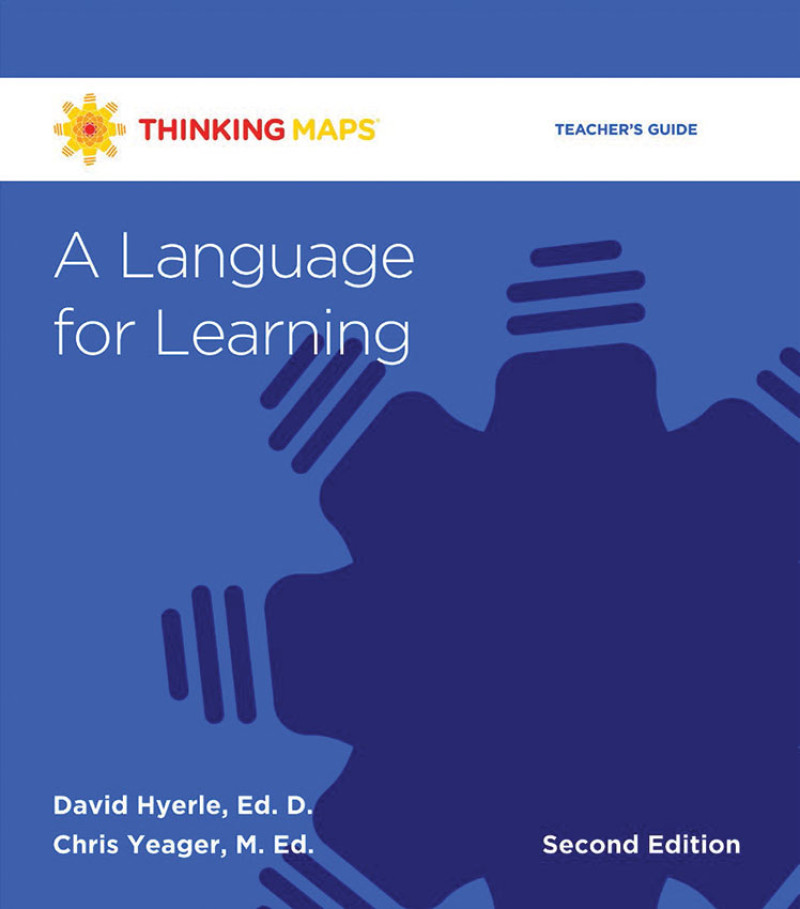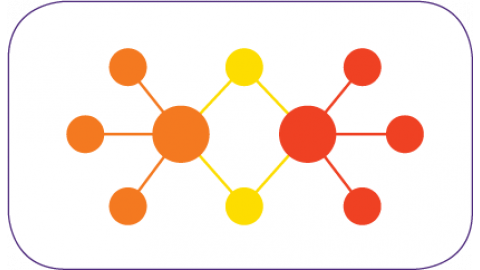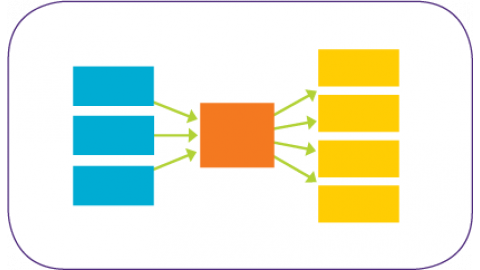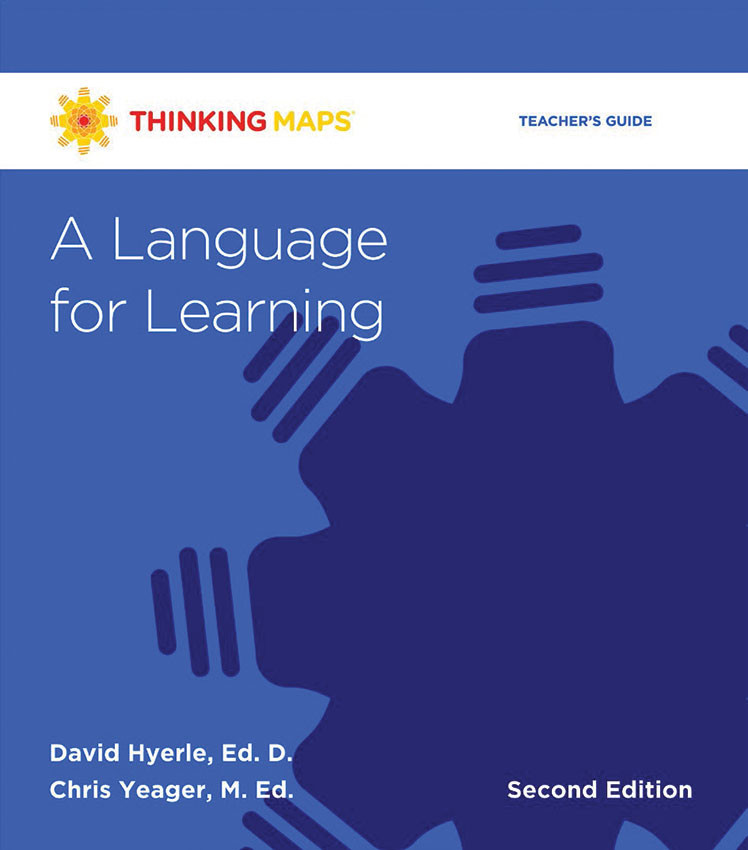Thinking Maps®
THINKING MAPS
A Shared Visual Language for Learning
Are you ready to accelerate learning across every class and grade level? Your Thinking Maps journey starts here, with the core Thinking Maps methodology, training and teacher materials.

Visual Patterns
Thinking Maps is a set of 8 visual patterns that correlate to specific cognitive processes. They are used across all grades and content areas to build the critical thinking, problem-solving, comprehension, and communication skills necessary for academic success in every domain.
Growth Multiplied
Thinking Maps schools are 2.0x more likely to surpass average district growth in reading and 2.7x more likely to surpass average district growth rates in math.
BUILDING THE FOUNDATION
About Thinking Maps
Thinking Maps is a whole-school, brain-based approach to teaching and learning designed to build foundational critical thinking, problem-solving, comprehension, and communication skills necessary for academic success. The Maps provide a shared visual “language for learning” for an entire school or district.
- Thinking Maps are a set of eight visual patterns or icons that each represent a specific cognitive process.
- Unlike graphic organizers, which are highly varied and inconsistent, the eight Thinking Maps are used consistently across all grades and content areas. This ensures that students develop automaticity with the major thought processes by using the Maps to engage the cognitive processes they represent.
- As students build fluency with the Maps, they internalize these cognitive skills and learn how to become better learners, thinkers, and communicators.
REQUEST WHITEPAPER DOWNLOAD:
Getting Started
Thinking Maps is not just another product or program. It is a whole-school teaching and learning methodology that supports everything else teachers do. The key to a successful implementation lies with the teacher. That’s why our focus is on building the capacity of teachers to use and apply the Maps in the classroom.
Thinking Maps uses a training model built around Learning Forward’s Standards for Professional Learning, including planning, initial training, follow-up training and ongoing support.


THINKING MAPS
Steps to a Successful Implementation
- Orientation for school leaders, including development of a plan for implementation
- Training for teacher leaders using the Training of Trainers materials
- Rollout to all teaching staff with A Language for Learning guides for each teacher
- Introduction of Thinking Maps to students in all classes
- Ongoing training and support through the Thinking Maps Learning Community (TMLC)



